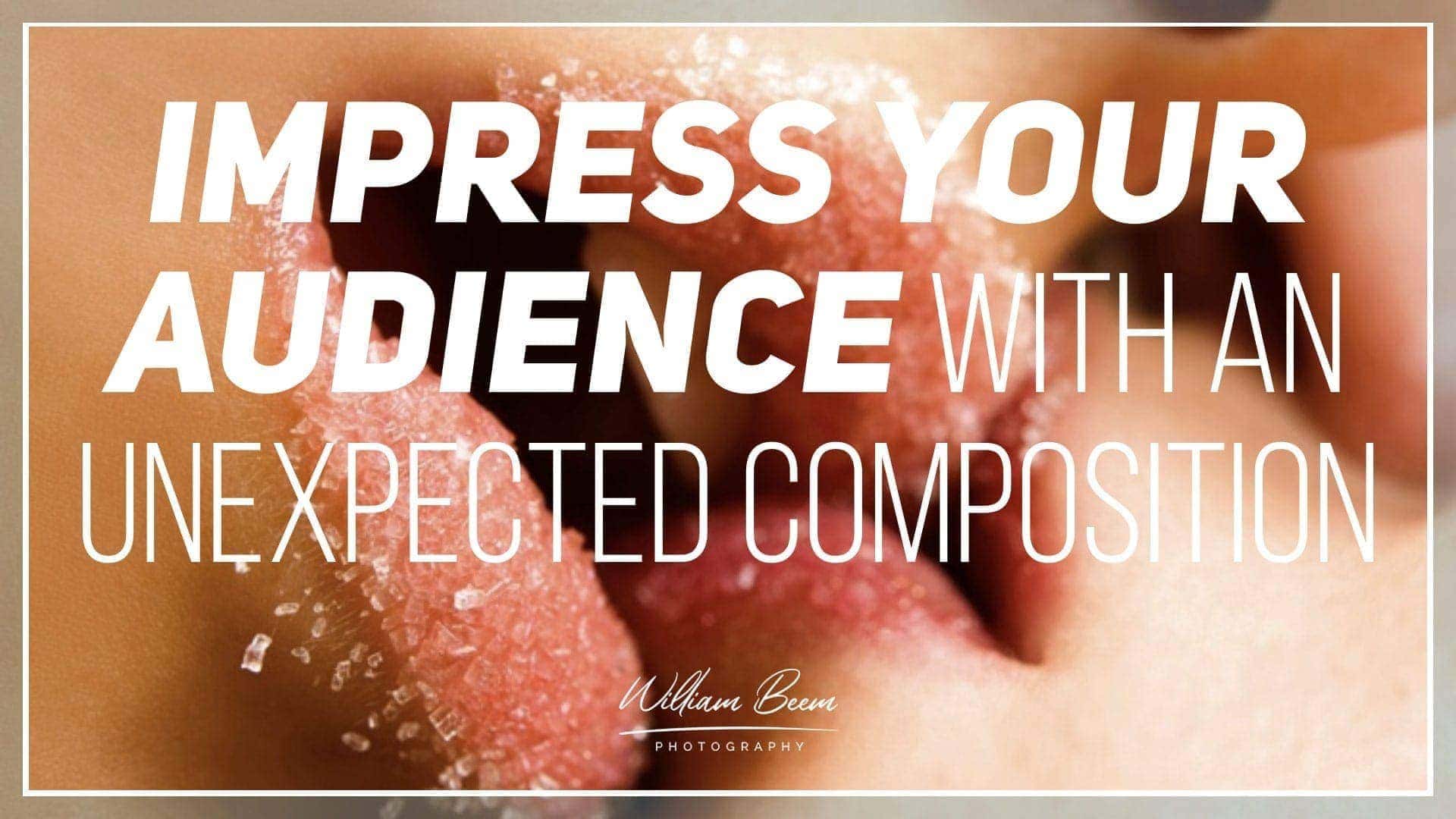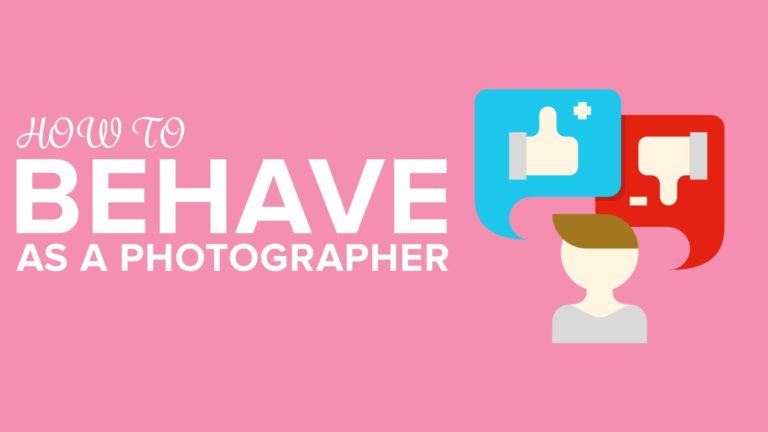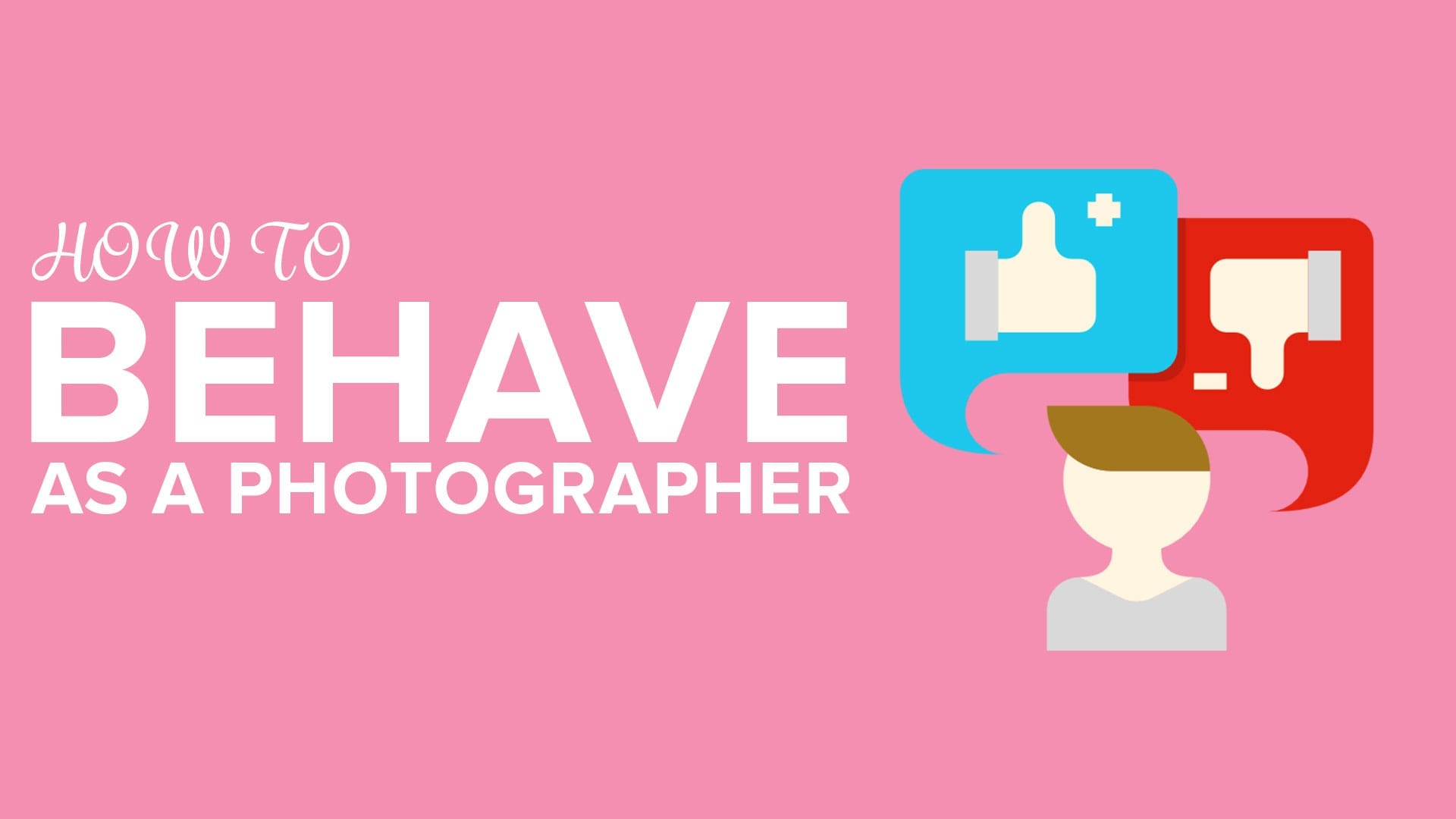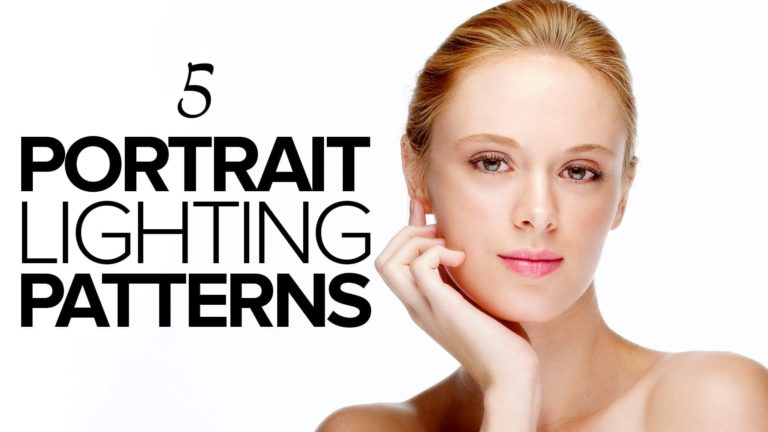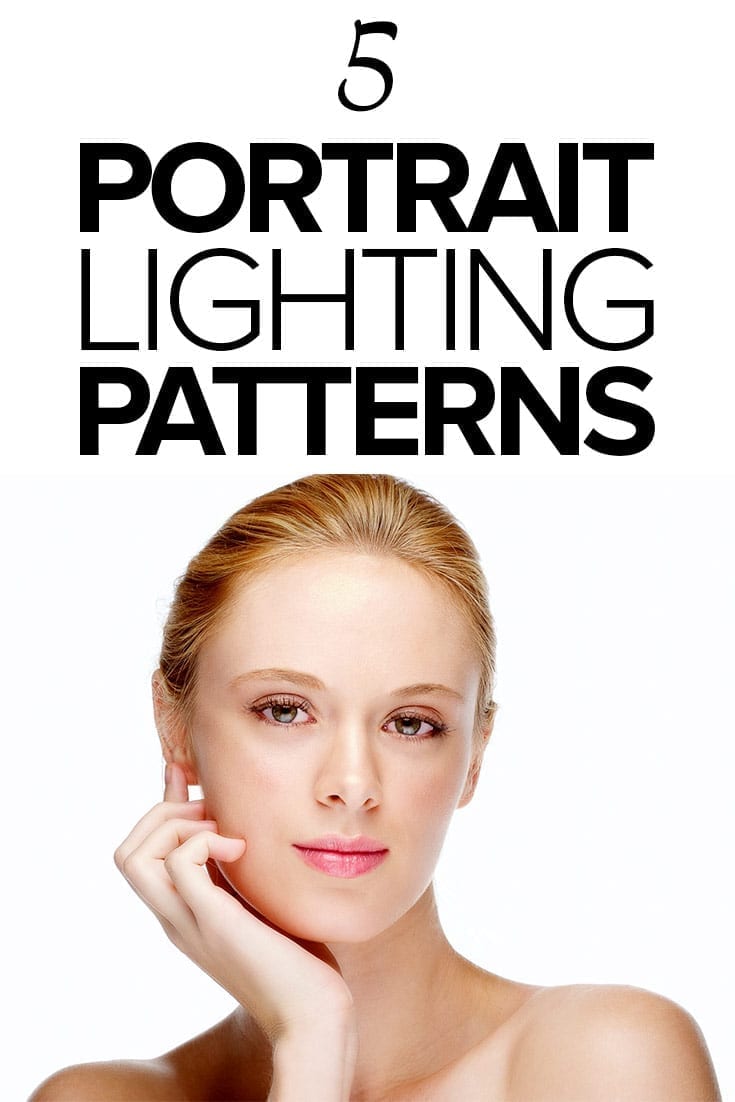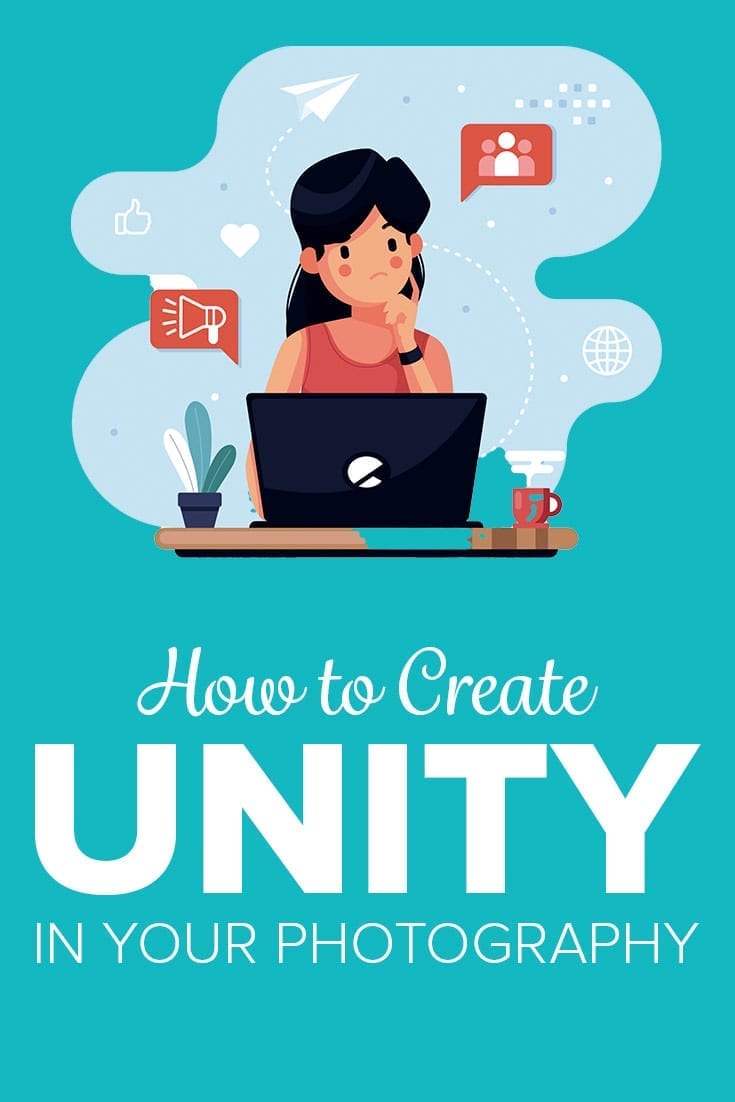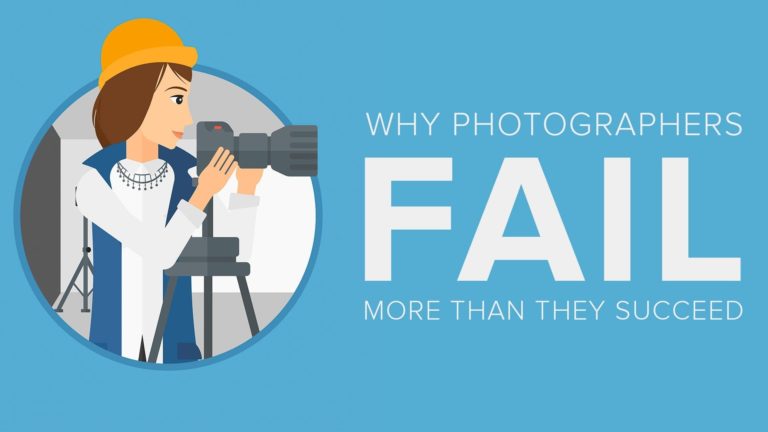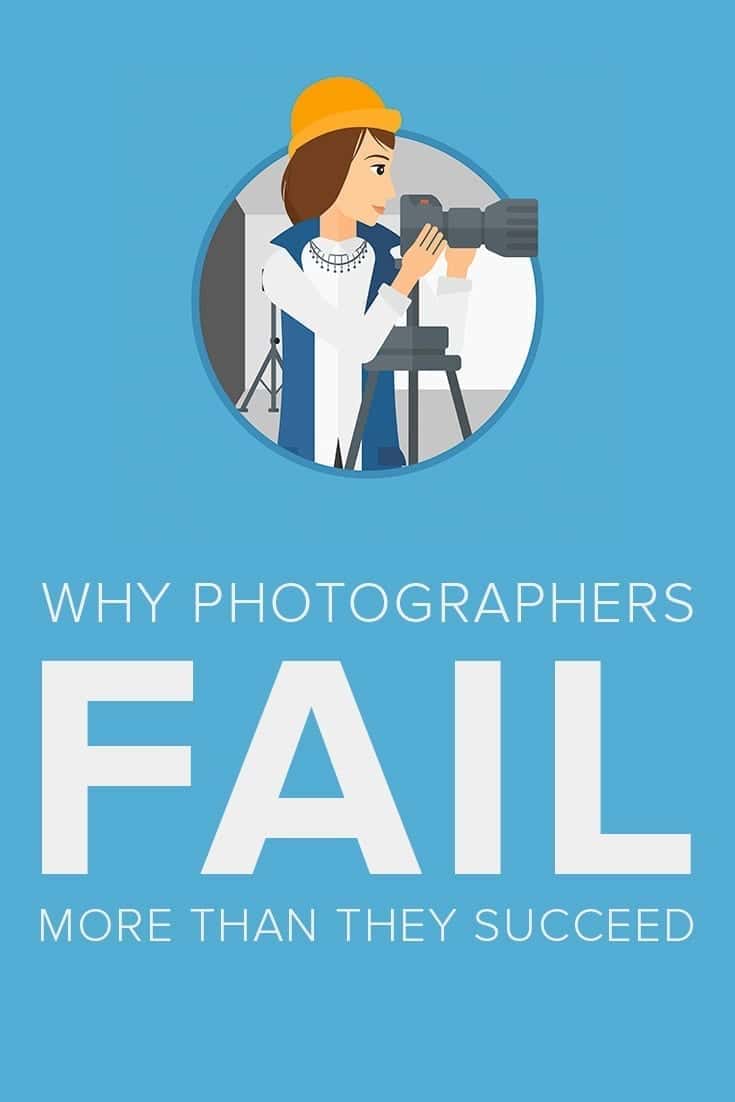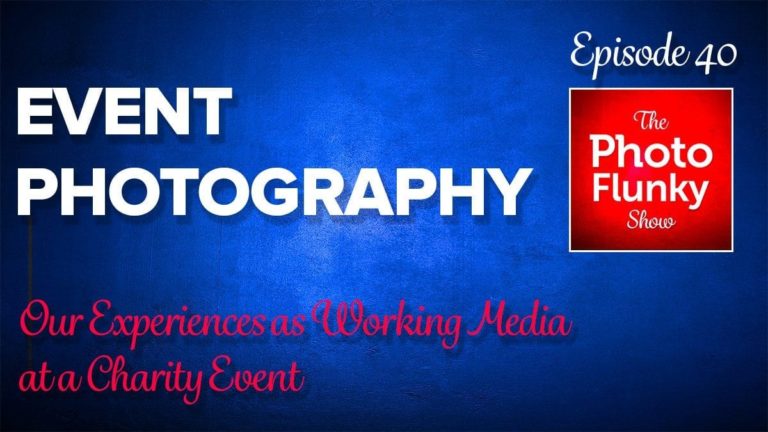Affiliate Disclosure: We earn a commission if you purchase through one of our links at no additional cost to you.
What does it mean to create an unexpected composition?
I guess that depends upon your own definition of the ultimate goal of photography. Are we here merely to document a person, place, or thing? That’s fine for mugshots, but I tend to prefer having some kind of artistic intent with my photos.
If you’ve followed me for a while, you know that I advocate building an audience and sharing photos that evoke an emotion from them. Tell a story with those photos and build toward that goal to serve your audience.
So every once in a while, shake them up. Throw a curve. Give them something they didn’t expect.
What is an Unexpected Composition?
Tell me if you’re heard this compositional advice before.
It’s all solid advice. No argument there. Those tips can get some very interesting and solid photo compositions.
Of course, it’s all a little “on the nose”, isn’t it? You don’t really have any surprises with this advice. Think of these tips as the foundation of your photo composition. It’s good, solid, and safe. Using these tips, you can shoot for a lifetime and never make a mistake.
Of course, not everyone wants to take a safe path. Sometimes we want to take on a challenge and try something new. Something different. Something we hope our audience will find interesting.
There’s no guarantee of success, though. You may fail. In fact, I’m sure that sometimes you will fail. That’s OK, though. No one makes progress without pushing boundaries.
My wife likes to remind me of a quote she heard from one of her colleagues.
How to Create an Unexpected Composition
I wish I could give you a step-by-step guide to creating an unexpected composition, but I can’t. This is something that must be unique to you and your vision. It’s something that your audience loves but just doesn’t know yet.
You know, that’s why it’s called “unexpected.”
Instead, I can tell you roughly how this happens, so you can start working toward your own unexpected composition.
1: Have Patience
Don’t you just hate it when someone tells you to have patience? You want it right now, but there’s actually a good reason to have patience. You don’t know what your goal is yet, and it’s going to take you time to figure it out.
That’s why patience is key.
There are some things you can do to help things move quicker, but that depends upon your time and dedication. Ultimately, creating an unexpected composition is a result of your creative vision and ability to perform tasks to make things happen.
2: Put in the Work
It may seem like some people are creative geniuses. Maybe they are. Artsy people have an innate ability to see things that logical people (like me) weren’t born with the right wiring to see the universe around us as we want it to be.
So if you’re a logical person, you need to spend time practicing your craft. That’s partly technical. If you don’t know how to work with your gear, then you’re never going to get it to do what you want it to do.
A lot of logical people get caught up in the technical and never move on to the creative vision. That’s as much a mistake as having a creative vision and not knowing how to operate your gear to capture the crazy and unexpected things in your head.
Here’s the thing. Both the technical and creative aspects will come to you if you practice. Pay attention. Analyze your work and that of people you admire. Then figure out how to do the things that seem just out of your grasp.
In my observation, a lot of those wonderfully creative and contrived photos that I admire aren’t really that difficult for the people who created them. It’s just that they had an idea, gave it a try, and figured out how to make it work.
Don’t get discouraged. Not many people show you their failures while they’re trying to figure out stuff, but we all have failures. I’ve attended conferences and workshops with some of the popular photographers, had some private conversations with them, and discovered they still screw up, too.
They just don’t show you their screw-ups, so everything looks amazing.
3: Aspire to Something Greater
If you want to crank out solid work, I got nothing but praise for you. People admire great headshots, travel photos, and product photos. There’s absolutely nothing wrong with doing solid work and building your reputation upon that foundation.
However, sometimes you can wonder if there’s more to your potential talent than the solid work you’ve been doing. That aspiration is essential to creating an unexpected composition.
You have to want it.
That desire is what drives you to imagine possibilities and take chances. Without it, you won’t go anywhere and you’ll never know your own potential. Many of our limits are self-imposed.
4: Use Different Tools and Techniques
Think about the stuff you typically use to create solid work.
Now think about how you can augment your toolkit to do something unexpected. It could be a different lens. Change your lighting. Use some different colors. Try a different perspective. Use blur or a camera technique that’s uncommon for you.
When you start tossing rules out of your playbook, you open yourself up to new potential. Maybe your result isn’t for everyone’s taste, but that’s OK. You don’t have to be all things to all people.
Find your audience and give them something new and unexpected.
It’s going to take time to experiment. You may get lucky and come across a good shot, but don’t stop there. You want to make sure you can reproduce your results, not just share a fluke photo.
Don’t take on too much at one time. Do your solid work, and then take a chance with a technique. Build upon it. Get comfortable with it. Then move on to the next new technique swirling around your brain.
Not only does this help keep photography interesting and entertaining, but it also builds upon your own skillset. You’ll have greater creative vision when you know how to pull off more interesting photographic techniques.
5: Network with Collaborators
Sometimes the best results of an unexpected composition come from teamwork.
You have some great lighting. Someone else has access to a great location. Another person is an interesting subject (or has something interesting).
When you start networking and sharing ideas, you realize that some interesting possibilities are feasible together. Then you start creating work that none of you would even consider on your own.
That’s why portrait photographers love working with great stylists, makeup artists, location scouts, and anyone else who can add something to the final result. You can call it teamwork, mastermind, or just collaboration.
The results are often greater than the sum of their parts if you get the right combination of folks together.
Draw the Eye and Stop It in Your Frame
The Rule of Thirds helps us place our subject in an interesting place in the frame. However, that’s not all you can do to draw the eye to your subject.
Remember these two concepts about attracting human attention:
Use lighting to make your subject just a bit brighter than the rest of your frame. People have a natural attraction to brightness. If everything has even lighting, then we’re drawn to the sharpest thing in the frame.
A bit of attention to lighting and perhaps some creative use of bokeh or blur will draw the eye to your subject. We instinctively focus on what we can see well.
However, that’s not enough to stop the eye there. Something about your subject has to capture your viewer’s attention. Generating curiosity is one of the best ways to make people stop and analyze your subject.
How to Create Curiosity
I tend to use darkness to create a sense of mystery and have my subjects emerge into the light.
Of course, my daughter has no interest in this at all. She wants something bright, light, fresh, and well-lit. Man, that means I have to develop an entirely different approach to creating curiosity to enhance her as the subject in my compositions.
There are a few ways I can create some curiosity and create an unexpected composition for her.
One method is to use negative space. Another is to avoid showing her face. I may use some blur. Maybe a silhouette (though that seems dark).
She wants Senior photos and I can do the regular shots. However, the cool thing about doing Senior photos is to get some shots that no other Senior has in their portfolio.
If I can get some shots (as well as the traditional portraits) that have something unique and unexpected, then maybe I can give her a memory that lasts a bit longer than “there I was at 18 years of age.”
That’s what an unexpected composition really does. It provides memory and emotion that you can’t get anywhere else.

